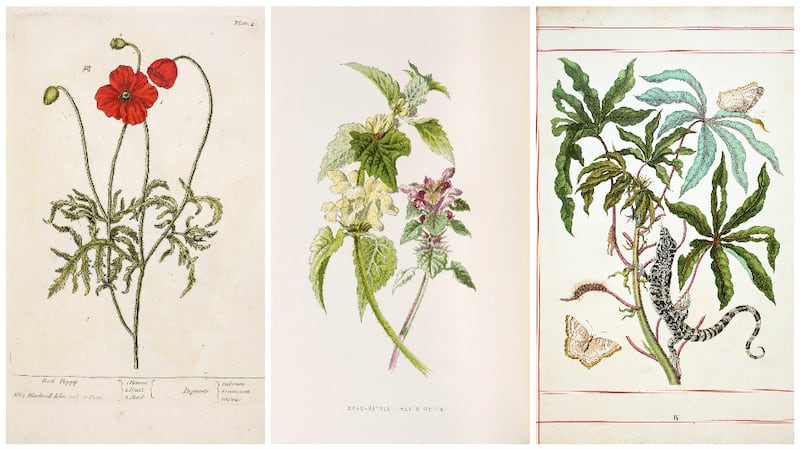Ubiquitous, disreputable and unloved is how the British nature writer Richard Mabey famously described weeds, while at the same time arguing that these “cosmopolitan freeloaders”, “outlaws” and “escapees” deserve our respect and admiration.
Published to much acclaim several years ago, Mabey’s brilliant book on the subject has surely formed a large part of the inspiration for two new art exhibitions – a group show formally opening in Lismore Castle Arts centre in Co Waterford on April 3rd, and a solo installation, Empty Lot, by the Mexican conceptual artist Abraham Cruzvillegas, showing in London’s Tate Modern until April 3rd – both of which explore the many ways in which these nomads of the plant world can be interpreted as a symbol of hope, resilience, and adaptability.
In the case of Empty Lot, Cruzvillegas's work consists of a sculpture made of a large, interlinking timber grid of raised beds filled with different samples of soil taken from various locations around London.

Placed under “grow lights” that simulate natural sunlight, and kept watered, these wooden planters have been installed in the gallery’s giant turbine hall since last October.
At first, visitors to the exhibition were left baffled and frustrated as well as a little bored at the sight of so much bare soil.
But over the intervening months, each of the different soil samples have gradually begun to reveal something of the unique history of their cultivation as the many different “weed” seeds contained within them – a natural part of any soil’s seed bank, acquired over decades, even centuries – have begun to germinate, painting, as Cruzvillegas puts it, a portrait of the city in all its differences.
Poignant parallel
Similarly, Lismore Castle Art's upcoming exhibition explores the history of weeds within a social-historical context, drawing a poignant parallel between these plants' determined battle for "survival in alien territory" and that of recent migrants into Europe. The show incorporates treasures from the Devonshire family's private collection, including botanical illustrations by the 18th-century herbalist Elizabeth Blackwell, whose book A Curious Herbal, (published in 1739) is a fascinating guide to the powerful medicinal qualities of many plants despised as 'weeds' in our modern world.
Fourteen contemporary artists will also be exhibiting their work, including Michael Landy, whose delicately beautiful, etchings are central to the exhibition.
Rather than studies of weeds, Landy has described his work as portraits of . . . “street flowers . . . marvellous, optimistic things that you find in inner London”: all of it proving, as Mabey points out, that when it comes to weeds, context is everything.












